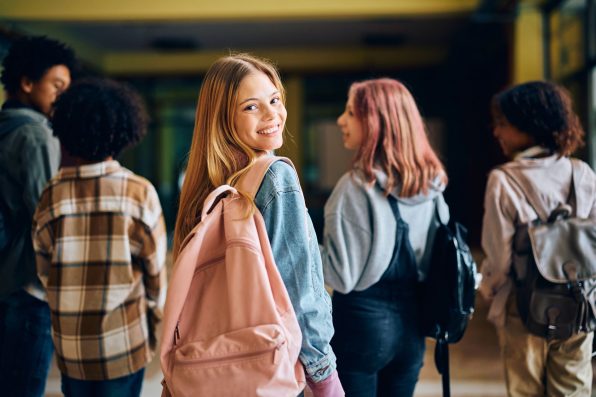Even if we value being alone from time to time, one thing is certain – humans are simply social beings.
And now, recent research has highlighted just how important it is to have high-quality friendships as a teenager to reap lasting positive mental health impacts in adulthood.
A new study conducted by researchers in the United Kingdom suggests that strong friendships during adolescence can actually help individuals handle social exclusion up to a decade later in early adulthood.
The research indicates that adults who had healthy friendships during teenhood tended to develop greater resilience – which is defined by the study’s authors as a person’s social, emotional, and behavioral response when faced with a traumatic stressor or experience.
“We would expect that everyone will have some problems with their mental health after any kind of stressful experience, at least in the short term,” explained Maria Dauvermann, a researcher from the University of Birmingham’s School of Psychology and Institute for Mental Health.
“By using the definition of resilient functioning, we are taking a more sophisticated and dynamic approach that takes into account a whole range of different behavioral measures at different time points and in relation to particular trauma severity that has been experienced.”
The study involved a group of 14-year-olds who experienced trauma during childhood. They filled out the Cambridge Friendship Questionnaire four times over a decade, beginning at age 14 and concluding at age 24.
A total of 1,238 participants initially completed the survey, but only 436 remained for the last assessment at 24 years old. Among this group, 62 participants also agreed to undergo brain imaging for the research.
The 24-year-olds who volunteered for the brain imaging received MRI scans and participated in a virtual activity simulating social exclusion. During this task, the research team monitored brain activity while the participants engaged in a ball-throwing game involving two avatars.

Sign up for Chip Chick’s newsletter and get stories like this delivered to your inbox.


